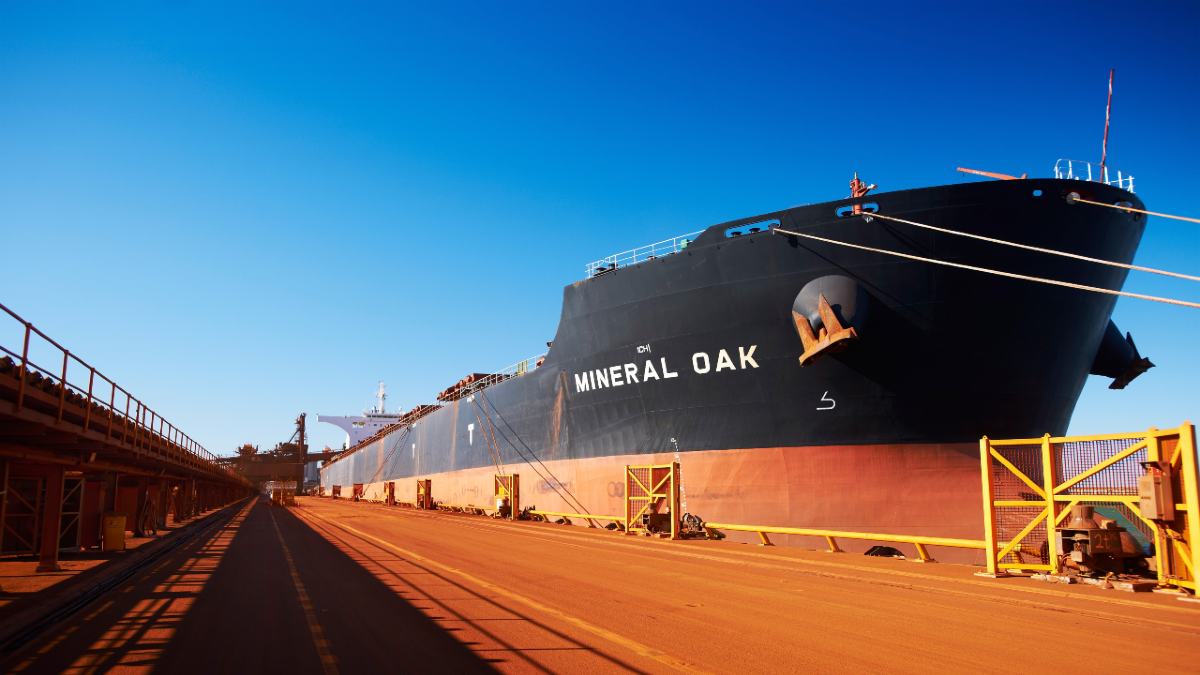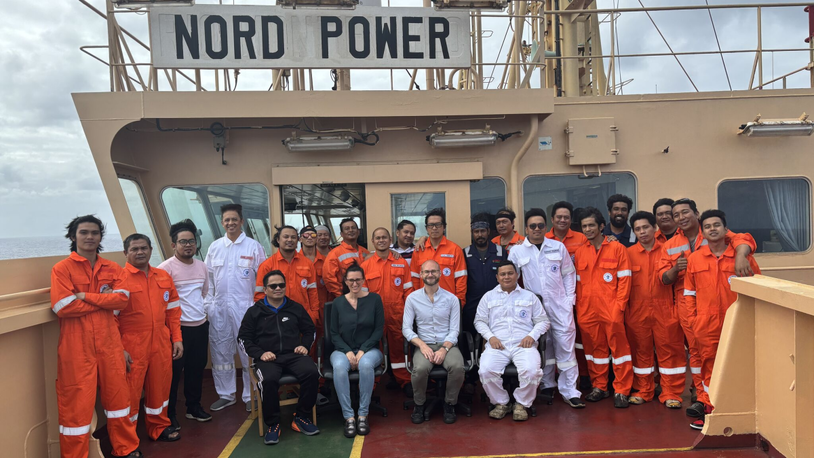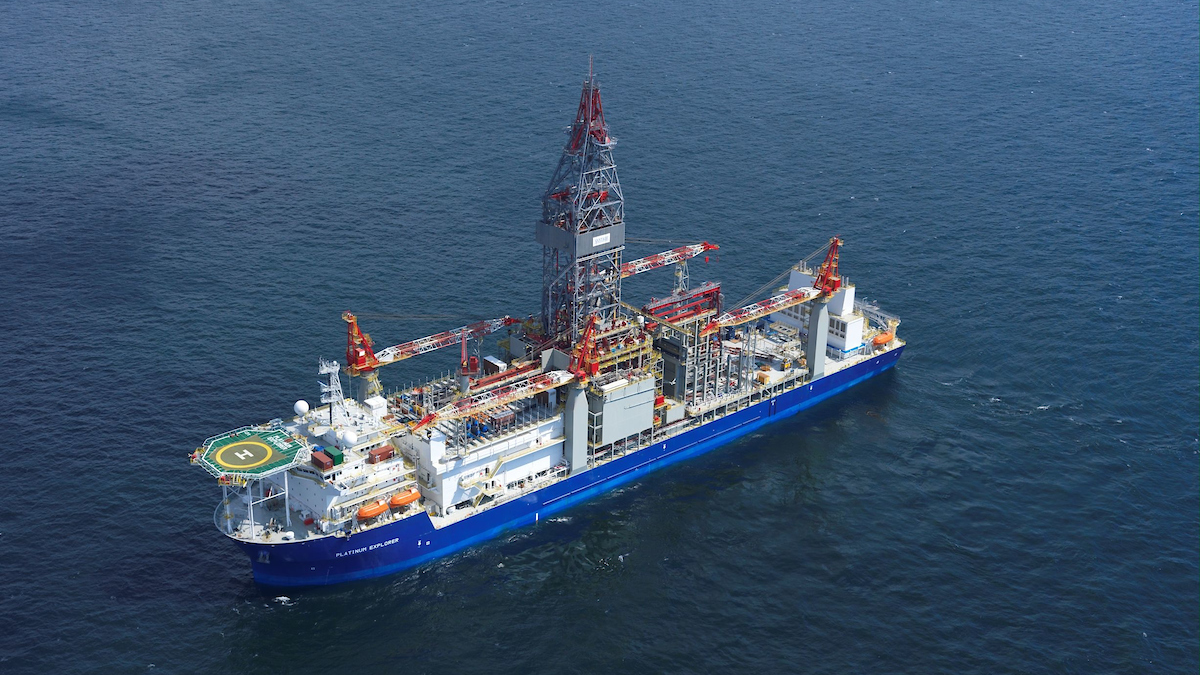Business Sectors
Events
Contents
Register to read more articles.
Key forces driving the recent Capesize market rally
The Capesize spot market has rebounded significantly in recent weeks after a weak start to the year
This recovery is primarily driven by strong iron ore and bauxite shipments, while congestion issues persist, maintaining tight market supply.
Shipbroker Ifchor Galbraiths’ research team told Riviera Capesize vessels have demonstrated remarkable resilience despite mixed signals in the market. As per the Baltic Exchange, Capesize spot rates reached US$23,229 per day across the five major routes on 13 March, marking a 39% increase week-on-week. This surge also represented a four-month high for the market. Although there were some losses on 14 and 17 March, the market has maintained its momentum.
According to Ifchor Galbraiths’ research data, Capesize cargo volumes have increased by 18% month-on-month and 17% year-on-year as of late February.
Riviera has also noted a growing interest in secondhand vessels following the rate rebound, contributing to modest value gains in the larger dry bulk segment.
Balancing supply and demand
The Ifchor Galbraiths’ research team noted iron ore shipments from Australia remain robust, while signs from Brazil suggest there is still some potential upside. While congestion in both regions initially caused a dip in exports, this has been partially offset by an accumulation of laden Capesize vessels in China, helping to maintain tight market conditions. Notably, Capesize congestion in China has increased by 41% on a monthly basis and 14% year-on-year as of 9 March.
Meanwhile, congestion at major ports in Australia and Brazil remains between 100 and 110 Capesize vessels, further limiting spot market availability. This scarcity has caused shipping rates from West Australia to China to surge by 92% month-on-month, reaching a four-month high.
Ifchor Galbraiths explained while adverse weather in Brazil has reduced iron ore export activity by 27% for Brazilian mining giant Vale, it has also led to increased congestion, now sitting at a high of 8M dwt. This development also provides an insightful example of the challenges and opportunities within the Capesize market.
Additional key market indicators
Guinea, another important region for Capesize vessels, is also experiencing significant congestion, with a five-year seasonal high. Furthermore, bauxite loadings from the region have remained strong, with Ifchor Galbraiths data indicating a 6% month-on-month and 40% year-on-year increase as of 9 March. Riviera recently reported that since 2021, the share of seaborne bauxite exports within the Capesize segment has increased by 15%.
Shifting focus to India, iron ore prices and shipment levels indicate a healthy supply flow, further contributing to a positive sentiment in the market.
Focusing on the Capesize sector’s outlook, Ifchor Galbraiths’ monitoring has observed the ballast count heading to the Atlantic falling below the average, which is tightening supply for April and May. Notably, market whispers suggest Vale may need to secure vessels for April shipments, signalling the potential for stronger demand in the near future.
In its latest weekly report, the Baltic Exchange also highlighted the positive momentum in the Capesize market, pointing to increased activity and tightened tonnage in both the Atlantic and Pacific basins. The South Atlantic in particular has seen persistently short tonnage lists for ballasters, with fresh cargo providing additional support.
Riviera’s Bulk Carrier Webinar Week will be held from the week commencing 8 April 2025. Click here to register for this free-to-attend event.
Related to this Story
Women in Maritime Today: Elin Saltkjel says no day working in maritime is dull
Events
Maritime Environmental Protection Webinar Week
Cyber & Vessel Security Webinar Week
The illusion of safety: what we're getting wrong about crews, tech, and fatigue
Responsible Ship Recycling Forum 2025
© 2024 Riviera Maritime Media Ltd.














